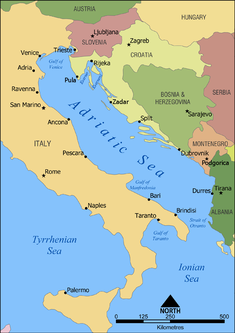Geodia gibberosa, comonly known as the white encrusting sponge, is a species of sea sponge found in the Caribbean. It is eaten by hawksbill turtles. It was first described by Lamarck in 1815.

Geodia is a genus of sea sponge belonging to the family Geodiidae. It is the type genus of its taxonomic family.

Lanice conchilega, commonly known as the sand mason worm, is a species of burrowing marine polychaete worm. It builds a characteristic tube which projects from the seabed, consisting of cemented sand grains and shell fragments with a fringe at the top.
Geodia exigua is a species of sponge that produces the sesquiterpene spiro compound exiguamide. The species was first described by Johannes Thiele in 1898. It is a marine organism known from Japan.

Geodia barretti is a massive deep-sea sponge species found in the boreal waters of the North Atlantic Ocean, and is fairly common on the coasts of Norway and Sweden. It is a dominant species in boreal sponge grounds. Supported by morphology and molecular data, this species is classified in the family Geodiidae.
Geodia acanthylastra is a sponge species from the family Geodiidae. The species is found in the waters of the Pacific Ocean off the coast of California and was first described by Robert Lendenfeld in 1910.
Geodia agassizi is a species of sponge in the family Geodiidae. The species is found in the eastern tropical Pacific Ocean and was first described by Robert Lendenfeld in 1910.
Geodia alba is a species of sponge in the family Geodiidae. The species is found in the waters of Indonesia and was first described by Oswald Kieschnick in 1896 as Synops alba.
Geodia angulata is a species of sponge in the family Geodiidae. It is found in the Pacific Ocean off the coast of California.

Geodia megastrella is a species of sponge in the family Geodiidae. It is found in the waters of the North Atlantic Ocean. The species was first described by Henry John Carter in 1876.
Geodia atlantica is a species of sponge in the family Geodiidae. It is found in the waters of the North Atlantic Ocean.
Geodia amphistrongyla is a species of sponge in the family Geodiidae. The species is found in the tropical Pacific Ocean and was first described by Robert J. Lendlmayer von Lendenfeld in 1910.
Geodia anceps is a species of sponge in the family Geodiidae. The species is found in the western part of the Mediterranean Sea and was first described by Gualtherus Carel Jacob Vosmaer in 1894 as Synops anceps.
Geodia apiarium is a species of sea sponge in the family Geodiidae. It is found in the Gulf of Mexico off the coast of Florida.
Geodia arabica is a species of sponge in the family Geodiidae. It is found in the waters of the Arabian Sea and of the Red Sea. The species was first described by Henry John Carter in 1869.
Geodia carcinophila is a species sponge in the family Geodiidae. The species was first described by Lendenfeld in 1897. It is found in the waters of the Somali Sea around the Zanzibar Archipelago.
Geodia arripiens is a species of sponge in the family Geodiidae. It is found in the waters of the South China Sea. The species was first described by Nils Gustaf Lindgren in 1897.
Geodia cooksoni is a sponge species in the family Geodiidae. The species was first described by British scientist William Johnson Sollas in 1888 under the name Cydonium cooksoni. It is found in the waters of the Pacific Ocean around the Galápagos Islands.



